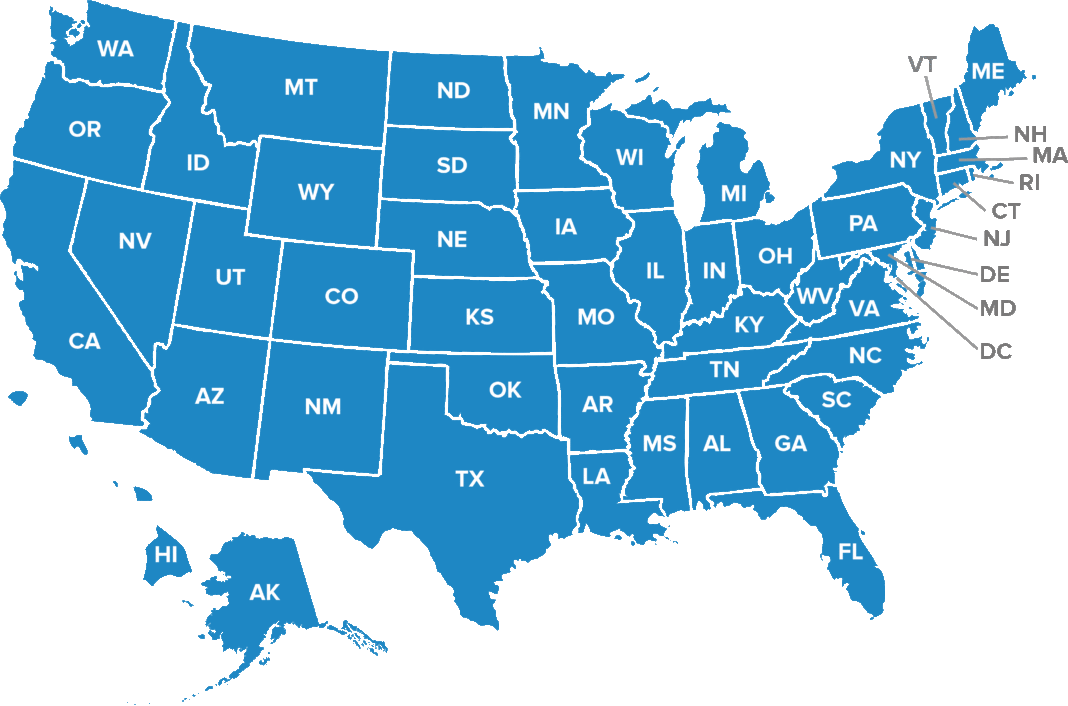If the U.S. and China have their way, Africa could soon begin to reach its potential as the next great frontier for apparel and textile sourcing.
While there are determined efforts by the U.S. government and some key companies, the Chinese plan being implemented seems more comprehensive and likely to create a longer-lasting influence on the continent.
The recent Sourcing at Magic trade show featured an African pavilion sponsored by the USAID East Africa Trade & Investment Hub. The Hub boosts trade and investment with and within Africa by deepening regional integration, increasing the competitiveness of regional agricultural value chains, promoting two-way trade with the U.S. under the African Growth & Opportunity Act, and facilitating investment and technology.
The program, initiated in the Obama administration, covers the East African Community countries of Burundi, Kenya, Rwanda, Tanzania and Uganda, as well as Ethiopia, Madagascar and Mauritius. A spokeswoman for the program explained that since its launch in September 2014, it has supported $226 million in exports through AGOA, driven $51.2 million in private sector investment, helped more than 1,200 firms with capacity building assistance and helped create more than 33,000 full or part-time jobs.
At the end of the project’s five-year mission, the goal is to facilitate $100 million in new investments in the EAC, increase non-oil AGOA exports to the U.S. by 40 percent, create 10,000 more jobs and double the value of intra-regionatl trade in the EAC.
While AGOA was renewed in 2015 through to 2025, President Trump doesn’t seems to be a fan of the country’s existing free trade programs, leaving U.S. support for the agreement and USAID program in a tenuous state.
Eugene Havemann, chief executive officer of Madagascar Garments, said, “We need America’s help to truly establish an industry in the country and the region. USAID is helping us, but we have a lot of poverty and have to improve our infrastructure.”
Havemann feels Madagascar and the EAC have potential to attract foreign investment and business, especially with the duty-free status and low wages as lures, as well as a nucleus of skilled workers. His company exports to companies in U.S., China, Vietnam, Mexico and Bangladesh.
“The clothing industry is low-hanging fruit, however,” Havemann added. “We’re at a tipping point and we need to achieve a certain level to really be a global player.”
Charles Smith, chief business development officer at Velocity Apparels Companies in Ethiopia, agreed that now is the time for these African countries to seize the opportunity created by shifting trade winds.
Companies are looking for alternative supply chain destinations to Asia, where prices and wages are going up, Smith noted. He cited the Ethiopian government’s recent lifting of a state of emergency as labor tensions eased as a positive sign that developments can gain momentum.
“The government is pro-business, but there’s a definite learning curve,” Smith said. “There is a trained worked force and compliance is a big thing. We do have the duty-free trade status with the U.S. and Europe, but we need stability and continued investment.”
Focus on Ethiopia
If Africa is going to establish itself as a manufacturing center, Ethiopia seems to be the nexus.
According to a study by the African Centre for Economic Transformation, Ethiopia’s manufacturing industry has been by some measures a success, exhibiting continuous growth over the years.
The study, entitled “Promoting Manufacturing in Africa,” showed that Ethiopia’s manufacturing sector has been growing thanks to cheap hydropower, government commitment to a strategy of transformation from an agriculture-led economy to industrial, massive growth in infrastructure development and foreign direct investment, plus steps taken in deploying the necessary human power for the sector.
Employment in the manufacturing sector has grown from less than 40,000 workers to a little over 200,000 from 2002 to 2014.
Ethiopia’s Hawassa eco-industrial park has attracted 18 global apparel and textile companies. Construction of the park cost more than $250 million and was built in less than a year. Covering an area of 1.3 million square meters, the addition of the park is expected to bring Ethiopia’s revenue derived from textiles and garments to $1 billion over the long term from the current $150 million annually, according to the Ethiopian Investment Commission.
Consistent with the Ethiopian government’s commitment to build a green-economy, Hawassa industrial park is designed, constructed and operated as an eco-friendly park. It has a water and waste treatment plant that uses the latest technology for treating and recycling about 90 percent of the water used in the park. To this end, a zero-liquid discharge facility has already been set up with a daily processing capacity of 11 million liters of effluent.
PVH Corp. is among the companies already establishing operations there, and six local companies are ready to start operations there, too. When fully operational, industries within the park are expected to create 60,000 jobs.
The Ethiopian government plans to construct 10 industrial parks across the country to enhance job opportunities, bring in revenue and promote technology transfer.
“We continue to invest significantly in creating a responsible, best-in-class manufacturing operation at Hawassa Industrial Park in Ethiopia, where we have supported a group of our top suppliers in establishing factories and a fabric mill, and formed a joint venture in a woven shirt factory,” Melanie Steiner, PVH senior vice president and chief risk officer, said in the company’s Corporate Responsibility report released in late July. “We have sought to create positive impacts for workers, the environment and the wider Hawassa community from the outset, drawing on the lessons we have learned in other sourcing countries.”
Texas-based Trybus Group is expanding with a new factory in Ethiopia’s Kombolch Industrial Zone. Since opening, the $90 million facility has attracted apparel companies from Italy, South Korea and the U.S for its close proximity to Port Djibouti. The hub is anticipated to create more than 15,000 jobs in the area.
China’s Long Road
With the interest and investment from U.S. companies and government programs, China also has its eyes on the country and region.
Chinese companies have invested around $4 billion during the last two decades in Ethiopia, employing 111,000 Ethiopians on permanent and temporary basis, according to the Ethiopian Foreign Ministry.
A report from McKinsey & Co., “Dance of the Lions and Dragons,” said, “In a mere two decades, China has become Africa’s biggest economic partner. Across trade, investment, infrastructure financing and aid, there is no other country with such depth and breadth of engagement in Africa. The Chinese ‘dragons’—firms of all sizes and sectors—are bringing capital investment, management know-how and entrepreneurial energy to every corner of the continent—and in so doing, they are helping to accelerate the progress of Africa’s ‘lions,’ as its economies are often referred.”
Since 2001, Africa-China trade has been growing at about 20 percent a year, with FDI growing at an annual rate of 40 percent. China is also a large and fast-growing source of aid and the largest source of construction financing.
There are more than 10,000 Chinese-owned firms operating in Africa today. Around 90 percent are privately owned—calling into question the notion of a monolithic, state-coordinated investment drive by “China Inc.”
Chinese firms operate across many sectors of the African economy. Nearly a third are involved in manufacturing, a quarter in services, and around a fifth in trade and in construction and real estate. In manufacturing, about 12 percent of Africa’s industrial production—valued at some $500 billion a year—is already handled by Chinese firms. In infrastructure, Chinese firms’ dominance is even more pronounced, and they claim nearly 50 percent of Africa’s internationally contracted construction market.
On balance, McKinsey believes that China’s growing involvement is a strong net positive for Africa’s economies, government and workers. But there are areas that need significant improvement, including more sourcing from local firms, more African managers, and better labor rights and environmental adherence.
Ethiopia and South Africa have a clear strategic posture toward China, along with a high degree of economic engagement in the form of investment, trade, loans and aid, the study said. These countries have also created a strong platform for continued Chinese engagement through prominent participation in such forums as the Belt and Road initiative, also known as One Belt, One Road and they can therefore expect to see ongoing rapid growth in Chinese investment.
Belt and Road is aimed at shifting the power balance geopolitically and economically in the world, away from the West and to China. It consists of more than 65 countries and 40 percent of the world’s gross domestic product, connecting countries across Asia, Europe and Africa with physical and digital infrastructure.
“China sees it can shift the balance of power by changing the pulse of gravity by investing in building deeper alliances across Asia with investments in infrastructure projects throughout Southeast Asia and East Africa,” said Ron Klein, director of retail and consumer management at PricewaterhouseCoopers. “One Belt, One Road puts China in a position to help build those economies and support its state-owned enterprises.”
Ethiopia has drawn on Chinese investment and expertise in several major aspects of its industrialization and broader economic development. It has engaged the Chinese government to finance key infrastructure, helping to add 66,000 kilometers of new roads since 2000 and increase power supply by 15 percent between 2010 and 2014. Chinese firms built and now co-manage the Ethiopia-Djibouti Railway, a $3.4 billion project opened in late 2016.
McKinsey predicted the relatively scattered African manufacturing sector will consolidate into a few megaclusters and will be globally competitive. There will be a race between countries to win with such clusters, for those that emerge will likely preclude their neighbors from doing the same.
“As Chinese economic growth slows, investment flows to Africa will accelerate,” the study concluded. “China’s decelerating economic growth represents a force pushing increased Chinese investment toward Africa, as Chinese investors seek higher returns abroad.”








